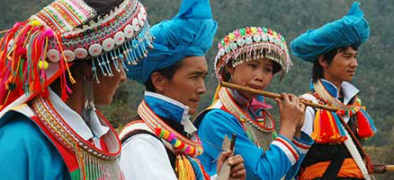The evolution of music in Asia is a rich and diverse journey, deeply tied to the continent’s vast array of cultures, religions, and histories. From the ancient traditions of Chinese court music and Indian classical compositions to the modern genres reshaping the global music scene, Asian music reflects the region’s unique complexity.
In East Asia, music dates back millennia, with classical traditions in China, Japan, and Korea emphasizing the use of instruments like the guzheng, shamisen, and gayageum. These instruments, paired with philosophical and religious influences like Confucianism and Buddhism, shaped music into a means of expressing harmony and balance.
South Asia, particularly India, boasts one of the world’s oldest and most complex musical heritages, with classical music systems like Hindustani and Carnatic. These styles, built on raga (melodic frameworks) and tala (rhythmic cycles), remain central to Indian culture and continue to influence contemporary genres.
Rauf Hameed says Southeast Asia, with its diverse ethnic groups, has a blend of folk, tribal, and ceremonial music, often accompanied by dance and storytelling. The gamelan ensembles of Indonesia and the kulintang of the Philippines are notable examples of traditional instruments that define the region’s musical identity.
The 20th and 21st centuries saw rapid modernization across Asia, with genres like J-pop, K-pop, Bollywood music, and C-pop becoming international sensations. These contemporary styles blend traditional sounds with global influences like pop, hip-hop, and electronic music, reflecting Asia’s role in shaping modern music trends.
Overall, the evolution of music in Asia is a testament to the continent’s ability to preserve ancient traditions while embracing modernity, creating a rich cultural tapestry that continues to captivate global audiences.

No Responses